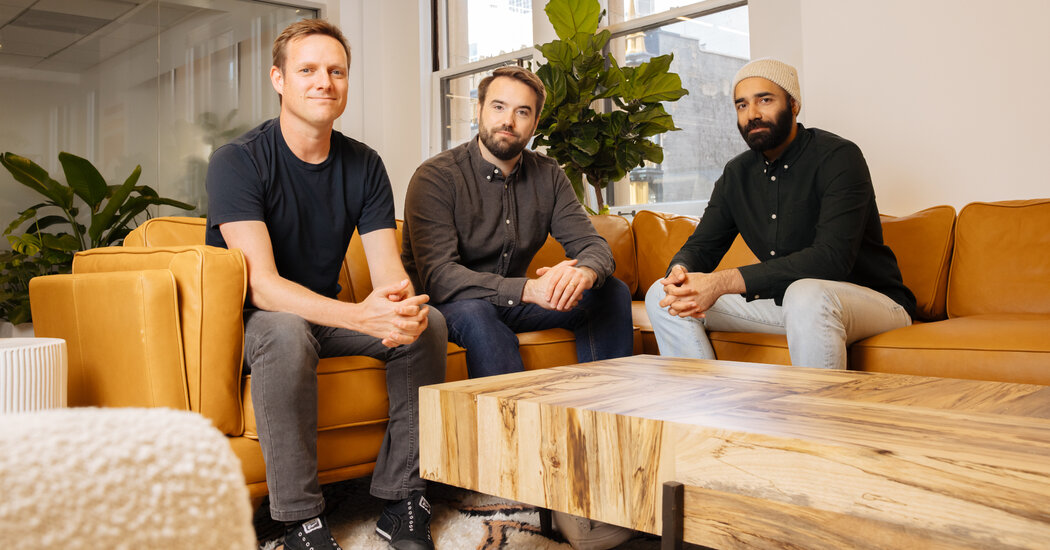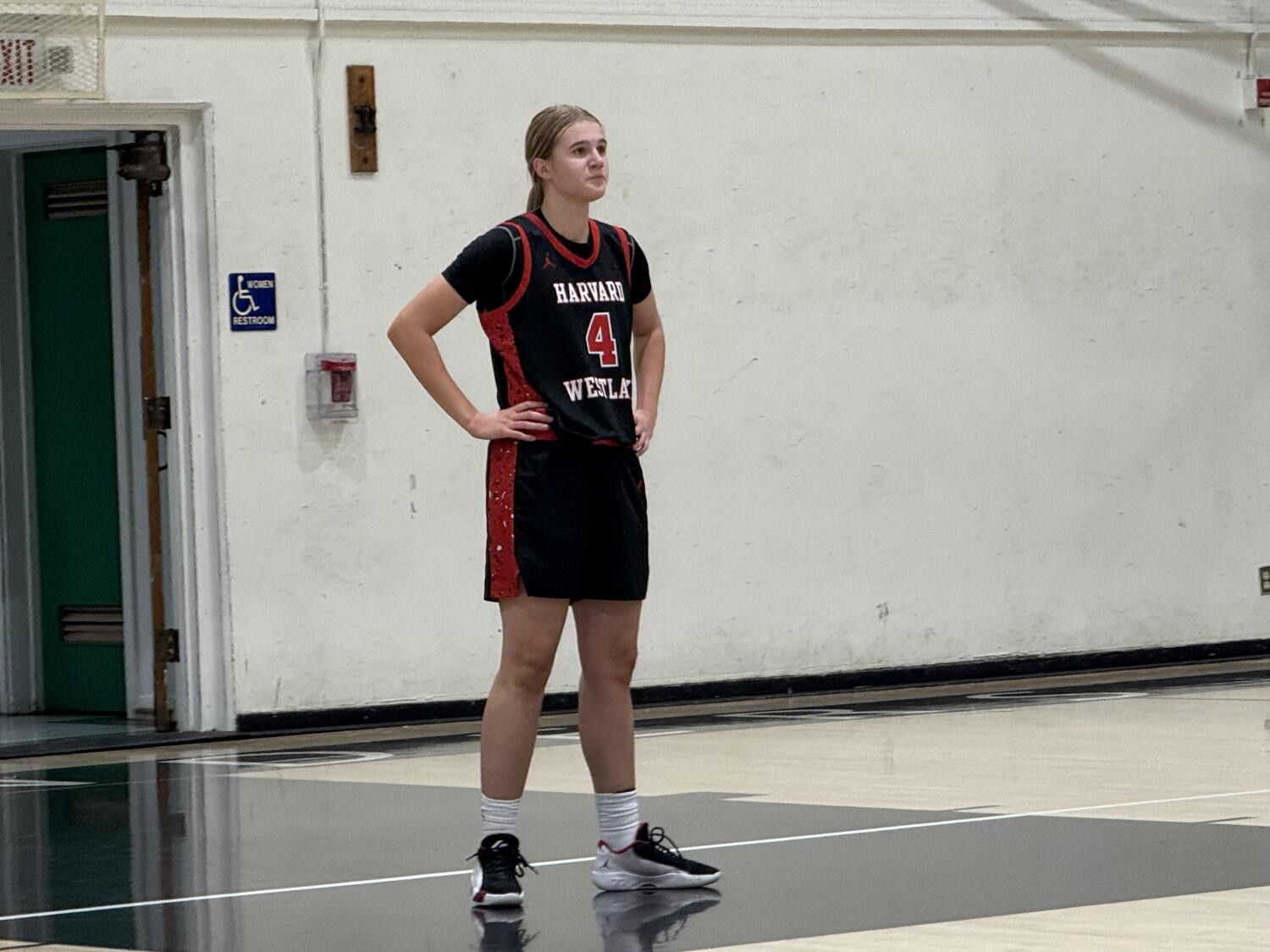
There are things that the newsletter writer Kirsten Han misses about Substack. They just aren’t enough to outweigh the downsides.
She disliked how the platform portrayed itself as a haven for independent writers with fewer resources while offering six-figure advances to several prominent white men. The hands-off content moderation policy, which allowed transphobic and anti-vaccine language, did not sit well with her. She also didn’t like earning $20,000 in subscription revenue, and then giving up $2,600 in fees to Substack and its payment processor.
So last year, Ms. Han moved her newsletter, We, The Citizens, to a competing service. She now pays $780 a year to publish through Ghost, but said she still made roughly the same in subscriptions.
“It wasn’t too hard,” she said. “I looked at a few options that people were talking about.”
Not long ago, Substack haunted mainstream media executives, poaching their star writers, luring their readers and, they feared, threatening their viability. Flush with venture money, the start-up was said to be “the media future.”
But now, Substack finds itself no longer a wunderkind but a company facing a host of challenges. Depending on whom you talk to, those challenges are either standard start-up growing pains or threats to the company’s future.
Tech giants, news outlets and other companies have released competing newsletter platforms in the past year. Consumers who loaded up on newsletters during the pandemic began to scale back. And many popular writers left, such as the associate English professor Grace Lavery and the climate journalists Mary Annaïse Heglar and Amy Westervelt, often complaining about the company’s moderation policy or the pressure to constantly deliver.
“Substack is at a pivot point where it needs to think about what it’s going to be when it grows up,” said Nikki Usher, an associate journalism professor at the University of Illinois Urbana-Champaign.
The good news for the company, five years old this summer, is that it is still growing. Paid subscriptions to its hundreds of thousands of newsletters exploded to more than one million late last year from 50,000 in mid-2019. (The company won’t disclose the number of free subscribers.) A hiring spree hopes to net more than a dozen engineers, product managers and other specialists. Executives hope to eventually take the company — which has raised more than $82 million and is said to be valued at $650 million — public.
But to maintain that growth, Substack executives say, the company must offer more than newsletters.
In an interview at Substack’s office in downtown San Francisco, its co-founders spoke in sweeping statements about the “grand Substack theory” and “master plan.” Chris Best, the chief executive, described a desire to “shift how we experience culture on the internet” and to bring “art into the world.”
“Substack in its fullest ambition is kind of this alternate universe on the internet,” he said.
In practice, that means Substack will be not just a delivery channel for written newsletters but more of a multimedia community. Executives want users to create “personal media empires” using text, video and audio, and communicate with subscribers through expanded comments that could feature GIF images and profiles for readers. This week, Substack announced new tools for writers to recommend other newsletters.
Jairaj Sethi, a co-founder and the chief technology officer, described a vision of subscribers assembling around writers like fans at a concert.
“If you just give them a place to congregate and to interact with each other, there’s some pretty cool kinds of bonding,” he said.
In March, Substack introduced an app that consolidates subscriptions in one place rather than dispersing them separately via email. This month, the company announced a podcasting expansion.
“Right from the start, we’ve been intending for the company to do more than just provide subscription publishing tools,” Hamish McKenzie, a co-founder and the chief operating officer, wrote about the app.
But as Substack evolves beyond newsletters, it risks looking like another social network or news publisher — which could make it less appealing for writers.
Ben Thompson, whose tech-focused Stratechery newsletter inspired Substack, wrote last month that Substack has gone from being a “Faceless Publisher” behind the scenes to trying to put “the Substack brand front-and-center,” building up its app as a destination on the backs of writers.
“This is a way for Substack to draft off of their popularity to build an alternative revenue model that entails readers paying for Substack first, and publishers second, instead of the other way around,” Mr. Thompson wrote.
Publishing on Substack is free, but writers who charge for subscriptions pay 10 percent of their revenue to Substack and 3 percent to its payment processor, Stripe. The company also offers hefty advances to a small group of writers, whose identities it refuses to divulge.
Substack has one key difference from most other media companies: It refuses to chase advertising dollars. “Over my dead body,” Mr. McKenzie once wrote. “The antithesis of what Substack wants to be,” Mr. Best said.
“If we, through greed or error, got into that game, we would effectively be competing with the TikToks and the Twitters and the Facebooks of the world, which is just not the competition that we want to be in,” Mr. Best added.
This means that Substack continues to rely on subscription revenue. Subscribers pay more than $20 million a year to read Substack’s top 10 writers. The most successful is the history professor Heather Cox Richardson, who has more than a million subscribers. Other notable writers include the knighted novelist Salman Rushdie, the punk poet laureate Patti Smith and the Eisner-winning comic book writer James Tynion IV.
Emily Oster, an author and economics professor at Brown University who has offered divisive advice on handling the pandemic with children, joined Substack in 2020 after Mr. McKenzie recruited her. Her newsletter, ParentData, has more than 100,000 subscribers, including more than 1,000 paying readers.
“Substack has become certainly a bigger part of the media landscape than I had ever thought it would be,” she said.
But Dr. Oster’s primary sources of income remain her teaching and her books; much of her newsletter revenue goes toward editing and support services. Most users have struggled to support themselves by writing exclusively on the platform and instead use their earnings to supplement other paychecks.
Elizabeth Spiers, a Democratic digital strategist and journalist, said she gave up her Substack last year because she did not have enough time or paying readers to justify her long weekly essays.
“Also, I started getting more paid assignments elsewhere, and it didn’t make a lot of sense to keep putting stuff on Substack,” she said.
But Substack’s biggest conflict has been over content moderation.
Mr. McKenzie, a former journalist, describes Substack as an antidote to the attention economy, a “nicer place” where writers are “rewarded for different things, not throwing tomatoes at their opponents.”
Critics say the platform recruits (and therefore endorses) culture war provocateurs and is a hotbed for hate speech and misinformation. Last year, many writers abandoned Substack over its inaction on transphobic content. This year, The Center for Countering Digital Hate said anti-vaccine newsletters on Substack generate at least $2.5 million in annual revenue. The technology writer Charlie Warzel, who left a job at The New York Times to write a Substack newsletter, described the platform as a place for “internecine internet beefs.”
Substack has resisted pressure to be more selective about what it allows on its platform. Employees of Twitter who worried that its content moderation policies would be relaxed by Elon Musk, the world’s richest man and the platform’s largest shareholder, were told to not bother applying for jobs at Substack.
“We don’t aspire to be the arbiter of saying, ‘Eat your vegetables,’” Mr. Best said. “If we agree with or like everything on Substack, that would be falling short of what a healthy intellectual climate looks like.”
Substack makes it easy for writers to break away, and defectors have a fast-growing collection of competitors waiting to welcome them.
In the past year, newsletter offerings debuted from Twitter, LinkedIn, Facebook, Axios, Forbes and a former Condé Nast editor. The Times made multiple newsletters available only to subscribers last year. Mr. Warzel moved his Galaxy Brain from Substack to The Atlantic as part of its newsletters push in November.
The media platform Ghost, billed as “the independent Substack alternative,” has a concierge service to help Substack users transition their work. Medium pared back its editorial publications to pursue a more Substackian model of “supporting independent voices.” Zestworld, a new subscription-based comics platform, has been called “Substack without the transphobia.”
Mr. Best said he welcomed the rivalry.
“The only thing worse than being copied is not being copied,” he said.







